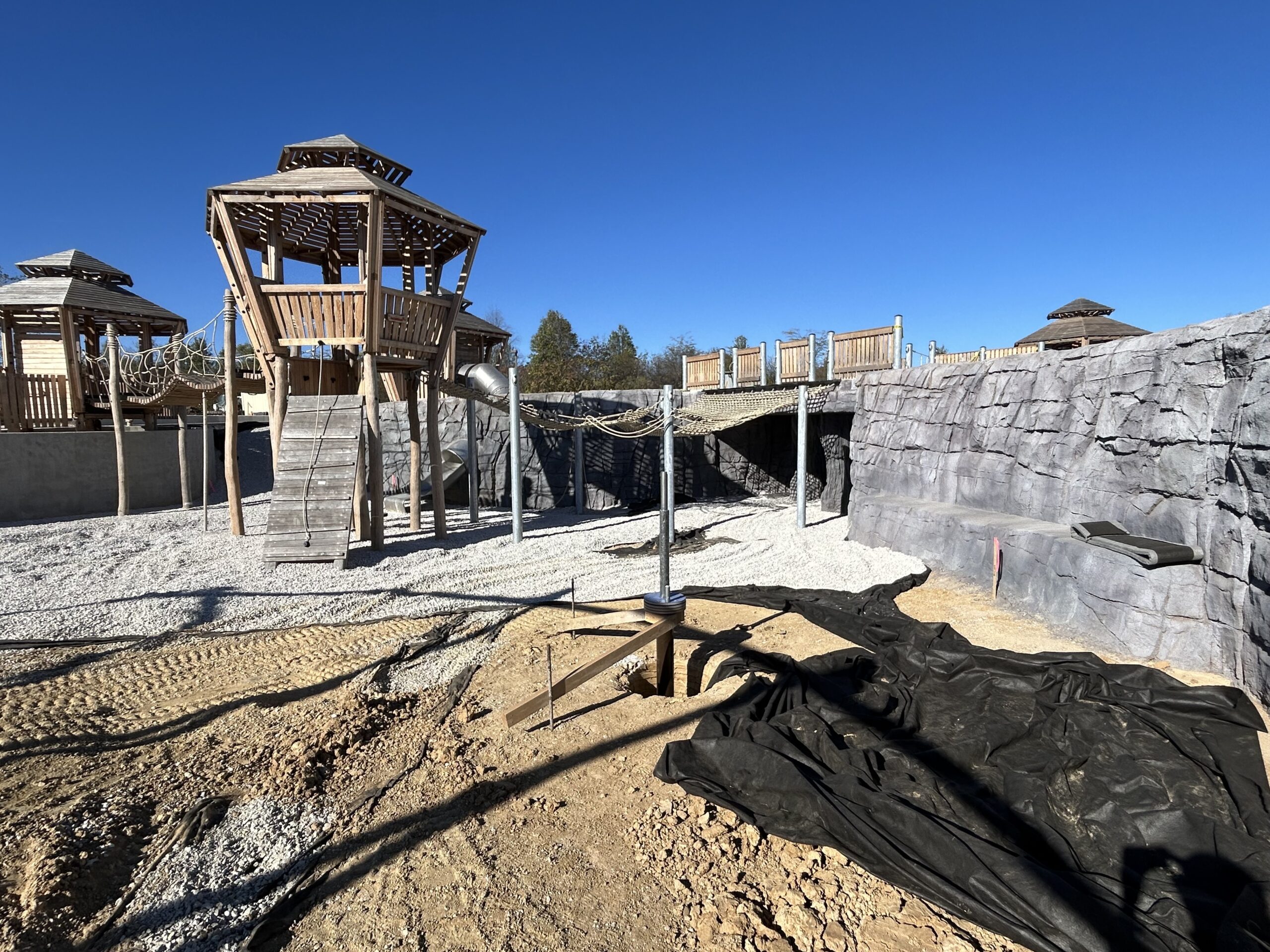DG2 welcomes a 7 month intern, Ethan Fey!
Ethan is currently a student at Kansas State University. His interest in landscape architecture stems from the idea that everyone deserves an outdoor space to play in. From playgrounds and trails to parking lots full of farmers’ markets and town fairs, there is no place like a place you can have fun. Outside of work, Ethan enjoys playing boardgames with friends and listening to music.
Jan 27, 2025
We are excited to welcome Jeff Davis to the DG2 team! Jeff brings extensive expertise across a wide range of project types, including campus developments, commercial spaces, large-scale planning, healthcare facilities, and park design. His exceptional attention to detail and collaborative approach ensure that each project is thoughtfully crafted and executed.
As a Licensed Landscape Architect in Missouri, Illinois, Tennessee, and Texas, Jeff is a passionate advocate for sustainable design and a seasoned mentor committed to fostering excellence. We are thrilled to have him join us in shaping innovative and impactful projects!
Jan 14, 2025
Imagine stepping into a space that feels like your very own adventure cave—complete with towering stalagmites and stalactites. Picture yourself navigating between four connected tower elements, accessible by rope, jute bridges, and sleek metal platforms. Now, add a seated zipline soaring through the air, spinner huts for endless fun, hammocks for relaxation, swings, slides, and even musical instruments to spark creativity.
What makes this space truly extraordinary? It’s not just about the activities. The design prioritizes greenspace over hardscape, offering a lush and inviting environment. Most importantly, it’s built with inclusivity in mind—accessible to everyone, regardless of age or ability. Whether you crave the peace of solitude or the thrill of active play, this space is designed for you.
This dream is becoming a reality at Kinetic Park, a place where imagination meets accessibility. And we’re excited to announce that it’s nearly complete! Mark your calendars: the grand opening is set for early spring 2025.
We can’t wait to welcome you to a space where everyone belongs!
Jan 10, 2025


